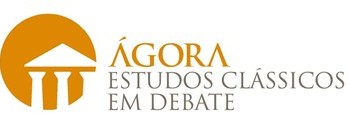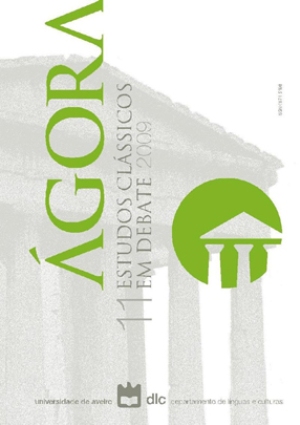Style and the ‘idea’ of the sophist in the time after Plato. The impact of form typology in sophistic teaching and writing on interdisciplinary scholarly work
Resumo
Os sofistas exerceram a sua actividade entre pessoas educadas e eruditos do mundo do Mediterrâneo, depois da 1ª Sofística, e em muitos aspectos como um grupo especial e diferenciado. Atendendo a que numerosos testemunhos indiciam que eles actuaram não só como sofistas, mas que executaram também outras actividades, examinaremos aqui vários casos em que se podem detectar semelhanças e diferenças
entre eles e outros grupos de eruditos. Às nossas três perguntas básicas ‘que, como e porque os sofistas ensinaram e escreveram?’ responderemos, analisando diacrónicamente os principais géneros e formas de escrita que eles produziram ('Que'); o ' Como' será respondido a partir da observação da sua acção como uma actividade comunicativa situada nas margens das disciplinas contemporâneas; e ao ‘Porque' entaremos
responder, enfatizando a necessidade da actividade sofística na educação e socialização contemporâneas da Antiguidade tardia.Assumindo que o estilo foi uma ideia dos sofistas, debruçar-nos-emos criticamente sobre o conceito platónico de ideias, no contexto do conceito de ideias decorrente dos sofistas contemporâneos e posteriores, focalizado em função da visualidade, desde os primeiros trabalhos sofísticos até à época mais tardia, representada nas Imagines de Filóstrato.










